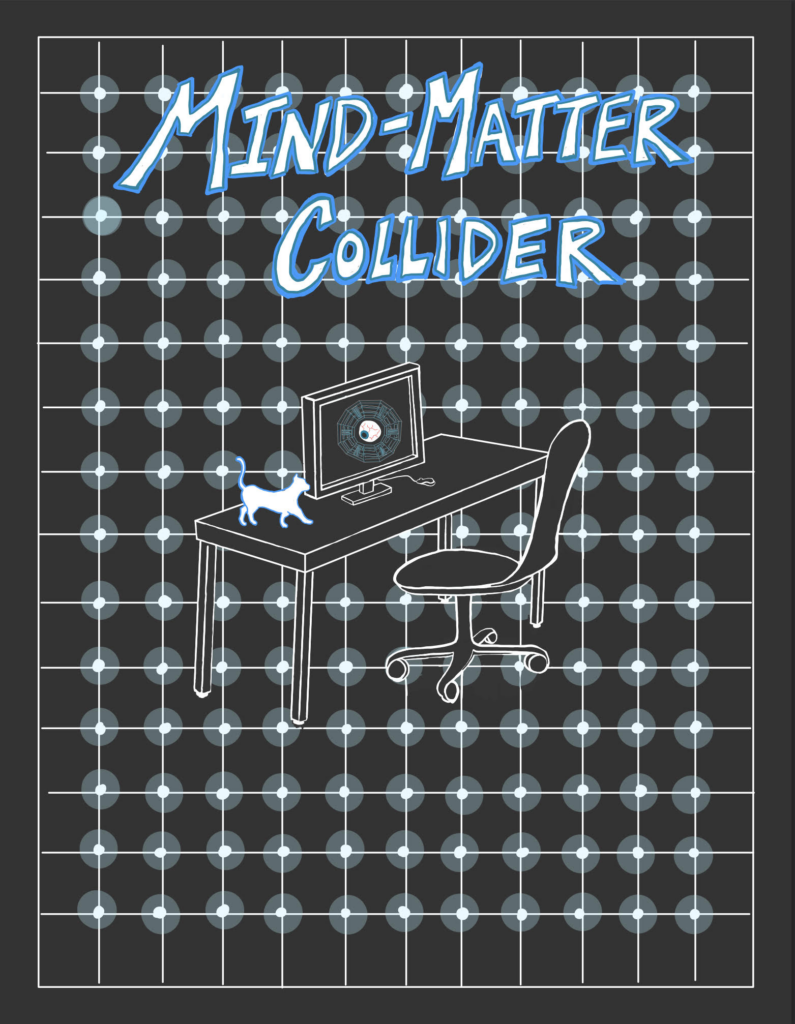Author: Adeep Srinivasa, De Montfort University, Dubai
Movies really manage to get us at the edge of our seats, whether by physically exciting us with unexpected twists or turns or with heart-wrenching scenes that cause us to shed a tear or two. In the recent past, Top Gun: Maverick, a sequel to the critically acclaimed Top Gun, has really made audiences go crazy [1]. Top Gun has had such a significant impact on people’s lives that it has motivated batches of students to apply as a fighter pilot or to take up a career in aerospace engineering and astrophysics. In this article, let us dive into the physics behind Top Gun: Maverick, with special emphasis on the opening shot of Captain Pete ‘Maverick’ Mitchell testing a Darkstar jet at Mach 10. Is it even humanly possible to do so, and if you and I were the pilots, would we survive the calamity?
Let us start from the beginning. The opening scene shows us that Maverick is taking off the Darkstar airplane from the Naval Air Weapons Station China Lake in the Mojave Desert. Maverick is a test pilot and is given the task to fly the plane at Mach 10 [2]. A Mach number is a dimensionless quantity, which indicates the ratio of flow velocity after a certain limit of the sound’s speed [3]. The speed of sound is said to be 343 m/s and roughly translates to 761 miles per hour. As we are students of physics, it is convenient for us to use SI units and hence we shall look at this problem in m/s.
Fig 1: Picture of the Darkstar Jet used in Top Gun: Maverick
The Darkstar is a hypersonic jet as it flies above Mach 5. To comprehend the magnitude of this speed, the fastest manned aircraft ever flown was the North American X-15, flying at a whopping speed of Mach 6.7 which is 2298.1 m/s [4]. Launching this airplane was such a complex task that it had to be dropped from another aircraft because its tail fin prevented it from taking off at slow speeds. In the movie, Maverick’s Darkstar was able to take off from the runway and reach Mach 10 extremely quickly.
We are shown that the plane does face issues in regards to its heat and fluid dynamics as it reaches Mach 10, indicating that reaching such speed is no easy feat, both experimentally as well as theoretically. The fastest unmanned plane was the NASA X-43 that reached an astonishing speed of Mach 9.68 [5]. That means the plane flew at 3320.24 m/s.
Let’s suppose that the Darkstar could practically fly at Mach 10 [6]. Flying at such a speed and altitude would have dire consequences on the human body. The aircraft would have to fly above 40,000 feet in order to achieve Mach 10 speed. A person ejected out of a flight traveling above Mach 10 would be killed instantly due to the relative weight and density of air at that level. The highest speed ejection ever recorded was at 1300 miles per hour, which is superseded by the Darkstar by a huge margin of 6700 miles per hour [7]. Hitting Mach 10 speeds at sea level will eventually smash the organs and skeleton of the pilot, turning the human body into a bag of soup [8].
These arguments do provide evidence that flying at Mach 10 is far from possible and that even a pilot as distinguished as Captain Mitchell would succumb to the laws of physics and nature. Yes, the real life Darkstar has a maximum speed of Mach 3.2, despite being able to blow at Mach 10, and yes, it is humanly impossible to use a fighter jet surpassing the Admiral’s approval. It is also far from impossible for any human being to survive a pilot ejection at that speed. Despite this very scene and many such scenes in the movie breaking numerous laws of physics, one thing it does not break is our captivity in the movie. The science behind these scenes is so exact and precise, that it draws us more into the story and has us vested into its characters. In the end, that’s what we aspire to do as scientists and physicists: to break boundaries and achieve the impossible. Top Gun is not only a love letter to aviation but it’s an invitation letter for students of science to dream big and try achieving the impossible. As a researcher, you should feel the need: the need for speed.
Bibliography
3. NASA. Mach Number [Internet]. Nasa.gov. 2019. Available from: https://www.grc.nasa.gov/WWW/k-12/airplane/mach.html
4. Aadarsh. Top 12 Fastest Planes In The World | 2023 [Internet]. Engineerine. 2022 [cited 2023 Mar 13]. Available from: https://engineerine.com/fastest-planes/#:~:text=As%20the%20fastest%20aircraft%20ever
5. Edwards R. “Angry, Mean, Insanely Fast”: Introducing the Darkstar Concept Jet from “Top Gun: Maverick” [Internet]. Man of Many. 2022. Available from: https://manofmany.com/rides/flying/darkstar-top-gun-maverick-concept-jet
6. Where was Top Gun: Maverick filmed? Guide to ALL the Filming Locations [Internet]. Atlas of Wonders. [cited 2023 Mar 13]. Available from: https://www.atlasofwonders.com/2022/06/where-was-top-gun-maverick-filmed.html#:~:text=Top%20Gun%3A%20Maverick%20Locations&text=The%20sequence%20with%20the%20experimental
7. LaRC BA : NASA – How Scramjets Work [Internet]. www.nasa.gov. Available from: https://www.nasa.gov/centers/langley/news/factsheets/X43A_2006_5.html#:~:text=A%20scramjet%20(supersonic%2Dcombustion%20ramjet
8. The Healthy Journal – Gluten, Dairy, Sugar Free Recipes, Interviews and Health Articles [Internet]. https://www.thehealthyjournal.com. [cited 2023 Mar 13]. Available from: https://www.thehealthyjournal.com/frequently-asked-questions/could-you-survive-a-mach-10-ejection




